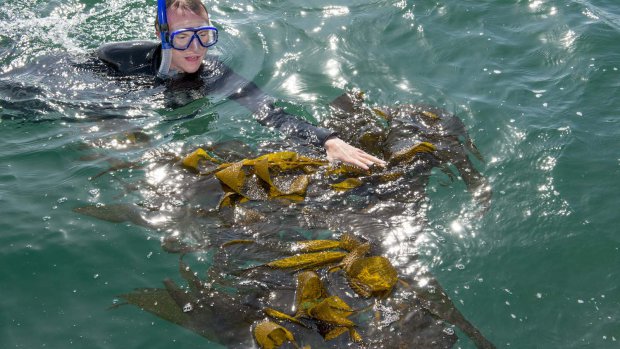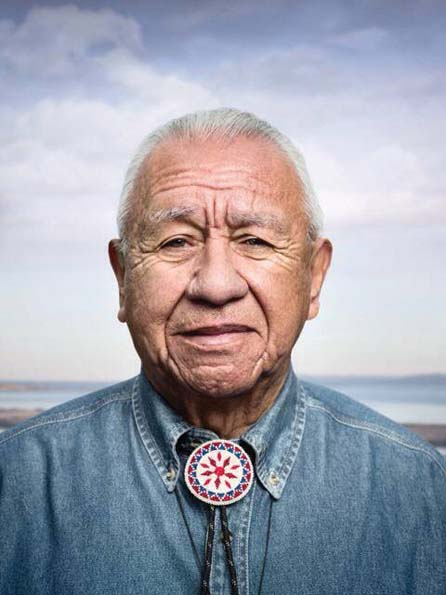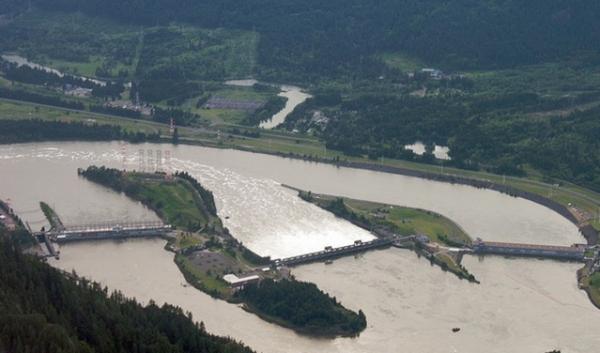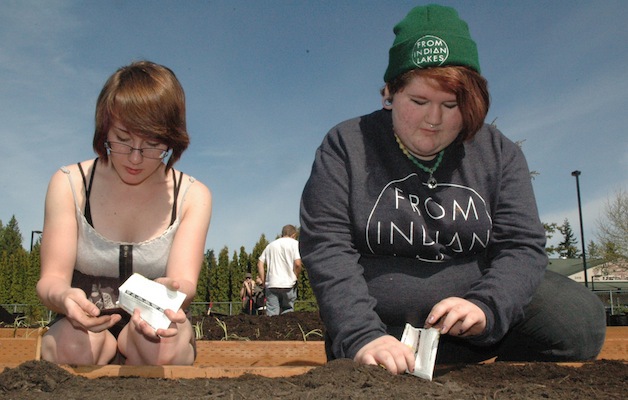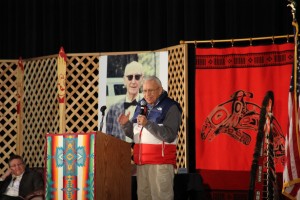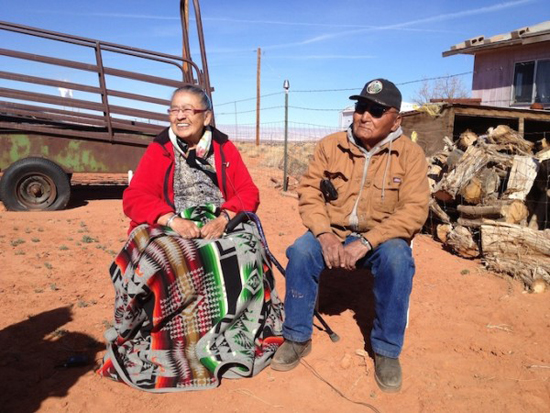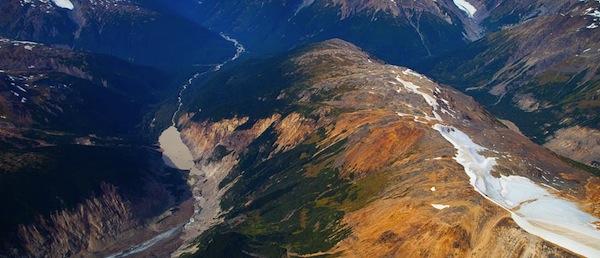By Andrew Gobin, Tulalip News
TULALIP – A proposed new law on the Tulalip Indian Reservation raises the question of the value of life, and in turn the value of saving a life. Called the Lois Luella Jones Law after a victim of overdose, the law would encourage people to seek help from 911 emergency services through temporary immunity, which removes the fear of arrest and or conviction. The intent is to cut down on the number of preventable deaths in the community. There are two drafts of the proposed law with distinct differences, though in each the goal is the same, to encourage people to report emergencies without the fear of self-incrimination.
Rico Jones-Fernandez, who proposed the law for Tulalip, is the son of Lois Luella Jones, for whom the law is so named. He is a strong proponent of 911 Good Samaritan Laws in communities that battle drug addiction.
“This isn’t a law enforcement issue, it’s about saving lives,” he said.
Jones-Fernandez’s draft of the proposed law states that persons seeking medical assistance for a person experiencing an overdose or other life threatening emergent situation are to be granted immunity from arrest and prosecution for minor offenses. In his draft, minor offenses are defined as contributing to the delinquency of an underage person, possession of a controlled substance, possession of drug paraphernalia, and minor in possession. Immunity extends beyond crimes listed to warrants for misdemeanors and nonviolent crimes as well.
“It’s not condoning the crimes and behaviors, it’s saying that a life is more important than a drug charge,” said Jones-Fernandez.
Jones-Fernandez’s draft, as written, has raised question and concern for public safety. Tulalip Prosecutor, Dave Wall, along with reservation attorney, Anthony Jones, also drafted a law that keeps the intent of the law in-tact, while taking into account public safety as a continuing priority. The main difference between the two drafts is the definition of immunity. Jones-Fernandez’s draft explicitly states that the immunity prevents arrest and conviction for crimes listed, whereas the draft written by tribal attorneys reserves the power to arrest yet still extends immunity to convictions for the crimes listed.
Wall said, “The police have a responsibility to public safety, and to keep the peace. They need to retain the power to make arrests.
“Stopping an arrest,” he continued, “that is very hard. Stopping charges or a conviction is much easier. We aren’t rushed to make a decisions like with an arrest. We have time to contemplate circumstances and weigh decisions.”
In addition to concerns surrounding a law enforcement officer’s ability to make arrests, there is a concern regarding warrants. If people are repeat offenders, or have multiple warrants, should those people be eligible for immunity? With regards to misdemeanor warrants and non-violent crime warrants, what defines non-violent crime? Burglary is not a violent crime, yet it is a felony. Should warrants for burglary be overlooked under this law? These are questions the Tulalip Tribal Council will need to answer as they review the two drafts of the proposed law.
“Yes, saving a life is important, but what about the home owner whose property was burglarized. What happens when he learns the police were in extended contact with the burglar, and did nothing, just let him go? What are his rights to justice?” Wall added.
Regardless of the legal and public safety concerns, there is the question of how effective a 911 Good Samaritan Law would be at Tulalip.
“We have nothing to lose. If it is implemented and it is effective, we would be saving that many more lives,” said Jones Fernandez.
Even though both drafts include the provision for immunity from conviction for crimes listed, Jones-Fernandez fears that the tribes’ draft is not protective enough for people seeking medical assistance for overdose victims.
“If it does not protect the caller enough, then the law won’t be effective,” he explained.
Other areas of ambiguity in each draft deal with the terms of immunity, specifically who is eligible for immunity and how long it lasts. If there are ten people at the scene of an incident, but only three were seeking assistance, are all ten granted immunity? It is yet to be clearly defined, though the language of each draft suggests no. The way each draft is worded, immunity is only applicable to those actively seeking medical assistance, or is assisting in some manner. So at a house party, for example, you could not claim to have been unseen in another part of the house and be eligible for immunity. That being said, each draft also puts the burden of discrediting immunity on the prosecution, meaning if someone claims immunity under this law, if it were to pass, the court would have to discredit them, proving beyond a reasonable doubt that this law is not applicable to them.
There is also the question of immunity for people who call repeatedly. As written, neither draft limits how many times you can be granted immunity.
Phino Fernandez, Jones-Fernandez’s brother and fellow supporter of the Lois Luella Jones Law, said, “It can be as repetitious as it needs to be. What makes the 25th life any less important or significant than the first? Why shouldn’t the same value of saving a life apply equally to both?”
It comes back to saving lives. That doesn’t mean people get a free pass, only that the focus has shifted.
“In an emergent situation, we want anyone to feel safe enough to call for assistance to save a life. In terms of the war on drugs, when someone is overdosing, the war has been lost. The battle for that person’s life is now the focus. We can sort out the rest later,” explained Wall.
Both drafts of the law address what happens after the fact. If new crimes and circumstances arise out of the emergent situation, immunity is no longer applicable, and the proposed law would no longer be able to suppress evidence in those cases. That means the temporary immunity ceases after the overdose or emergent situation has concluded, preventing larger crimes that arise from overdose situations to go unchecked.
Wall captured the struggle to balance public safety and the value of saving lives quite eloquently in these few words, “I want us as a community, the tribal court and police included, for the overriding factor of saving lives.”
The law has immense support from the community and from tribal leaders. Aside from concerns to public safety, both drafts of the law express that the value of saving lives is paramount to healing our community, and, for offenders, the value of saving a life is a second chance.
On Thursday, May 22, at 5:30 p.m. at the Tulalip administration building, the CEDAR group will be hosting a community forum on this law. The law is set to be presented to the Tulalip Tribal Council for approval in June.
Andrew Gobin: 360-631-7075; agobin@tulaliptribes-nsn.gov
